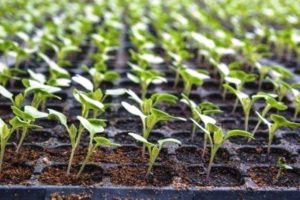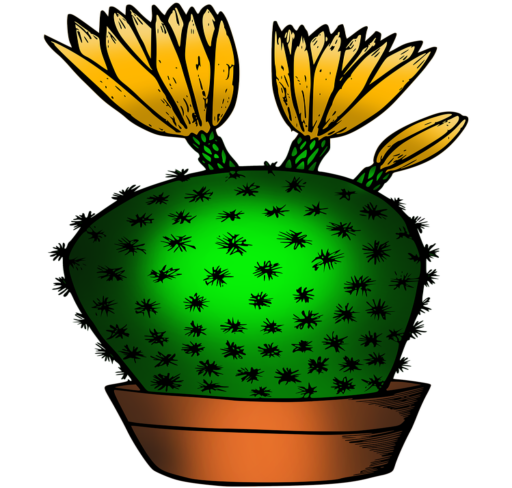Cauliflower may be started indoors early for fall and spring crops or purchased as transplants for a fall crop.
Cauliflower Seeds – Snowball Y Improved, V…
The name says it all the Snowball Y Improved cauliflower is pristine white. An heirloom… [More]
Sowing Cauliflower Seed Indoors
Sow from spring to early summer in the North, in the South and other frost-free areas, sow from fall to spring.
Start seeds indoors about 8 weeks before outdoor planting.
Sow seeds ¼ inches deep in seed-starting formula.
Keep the soil moist at 70 degrees F.
Seedlings emerge in 10-21 days.
As soon as seedlings emerge, provide plenty of light by growing seedlings 3-4 inches beneath LED plant lights turned on 16 hours per day, off for 8 hours at night. Most plants require a dark period to grow, do not leave lights on for 24 hours.
Seedlings do not need much fertilizer, feed when they are 3-4 weeks old using a starter solution (half strength of a complete indoor houseplant food) according to manufacturer’s directions.
If you are growing in small cells, you may need to transplant the seedlings to 3 or 4 inch pots when seedlings have at least 3 pairs of leaves before transplanting to the garden so they have enough room to develop strong roots.
Before planting in the garden, seedling plants need to be “hardened off”. Accustom young plants to outdoor conditions by moving them to a sheltered place outside for a week. Be sure to protect them from wind and hot sun at first. If frost threatens at night, cover or bring containers indoors, then take them out again in the morning. This hardening off process toughens the plant’s cell structure and reduces transplant shock and scalding.
Planting from Transplants

Select a location in full sun with good rich moist organic soil. Do not plant where members of the cabbage family were planting within the last two years.
Prepare the bed by turning the soil . Level with a rake to remove clumps of grass and stones.
Dig a hole for each plant large enough to amply accommodate the root ball. Space plants 2 feet apart in rows 2 feet apart.
Carefully remove the plant from its pot and gently loosen the root ball with your hands to encourage good root development.
Place the top of the root ball even with the level of the surrounding soil. Fill with soil to the top of the root ball. Press soil down firmly with your hand.
Thoroughly water and apply a light mulch layer on top of the soil (1-2 inches) to conserve water and reduce weeds.
Use a plant tag as a location marker.
How to Grow Cauliflower
While small, floating row covers will help to keep pests at bay.
Keep weeds under control during the growing season. Weeds compete with plants for water, space and nutrients, so control them by either cultivating often or use a mulch to prevent their seeds from germinating. Avoid disturbing the soil around the plants when weeding.
Keep plants well watered during dry periods to promote rapid, uninterrupted growth.
To blanch the heads and keep curds white, bend surrounding leaves over the heads and secure with twine.
Monitor for pests and diseases. Check with your local Cooperative Extension Service for pest controls recommended for your area.
Harvest and Preserving Tips
Cut heads off the main stem 50-60 days after transplanting outdoors.
Leave 1-2 inches of stem on each head.
Eat cauliflower raw or cooked.
Use cauliflower as soon as possible after harvest.
Cauliflower florets may also be blanched and frozen.
Cauliflower may also be pickled.
